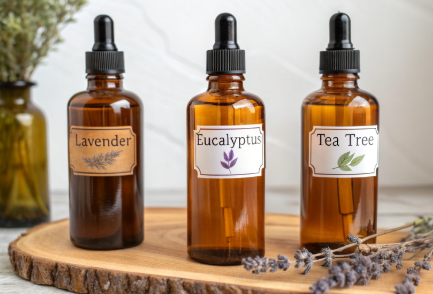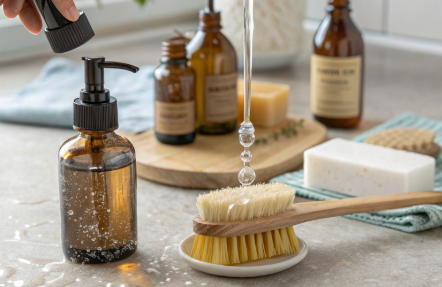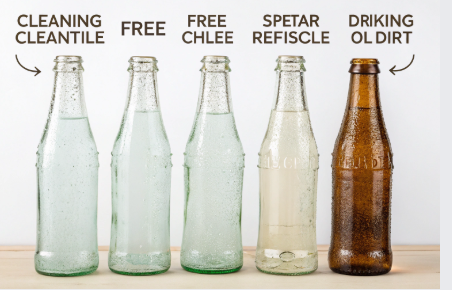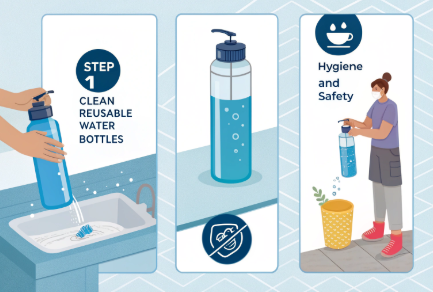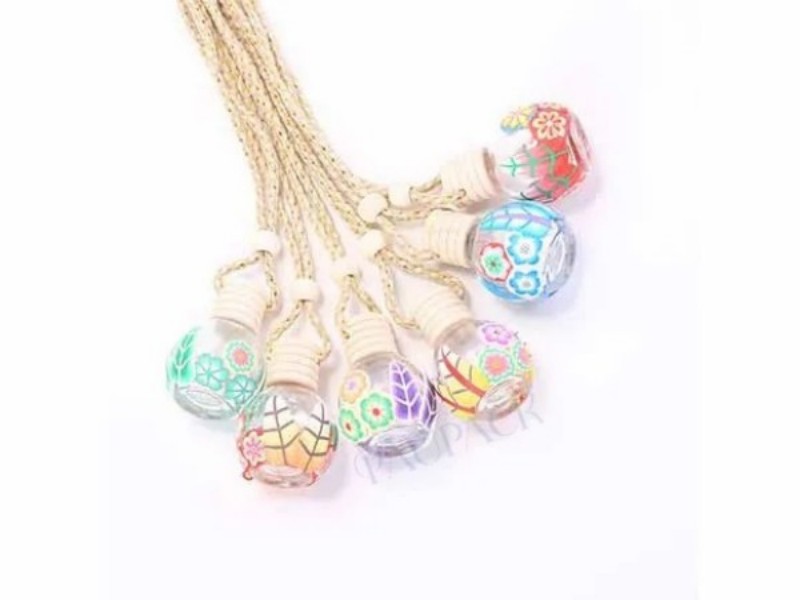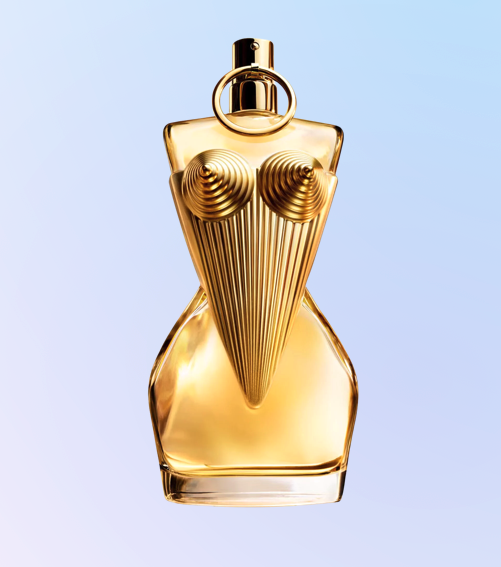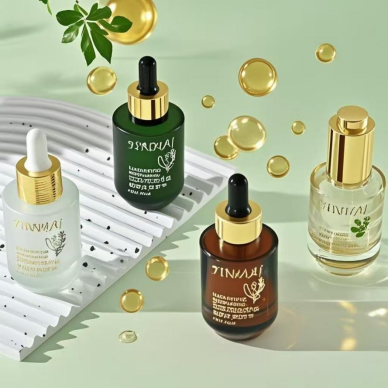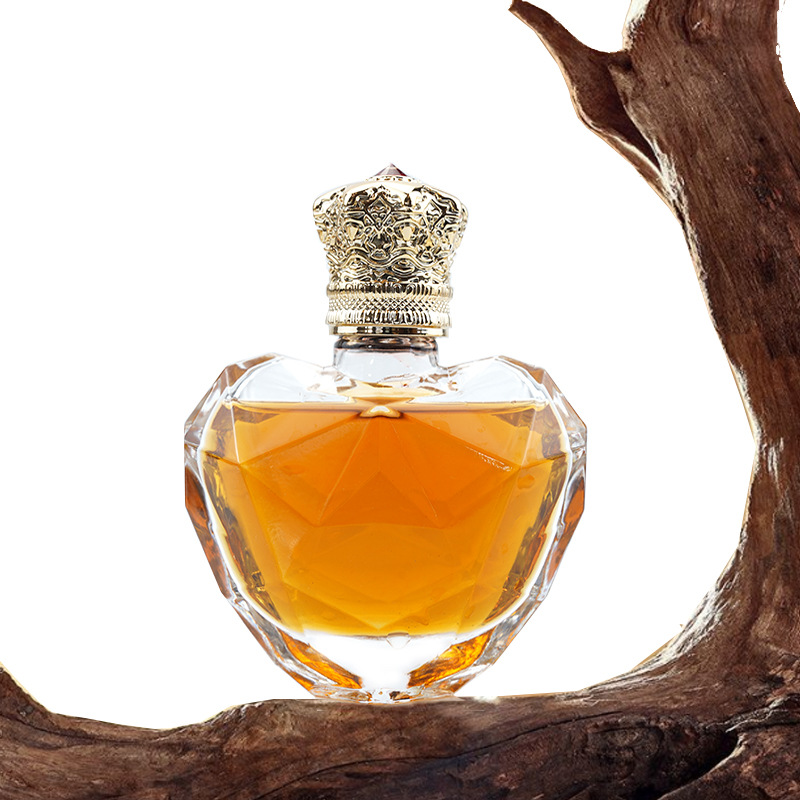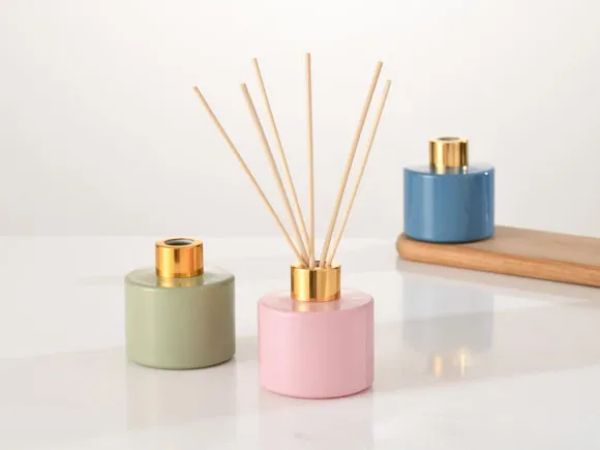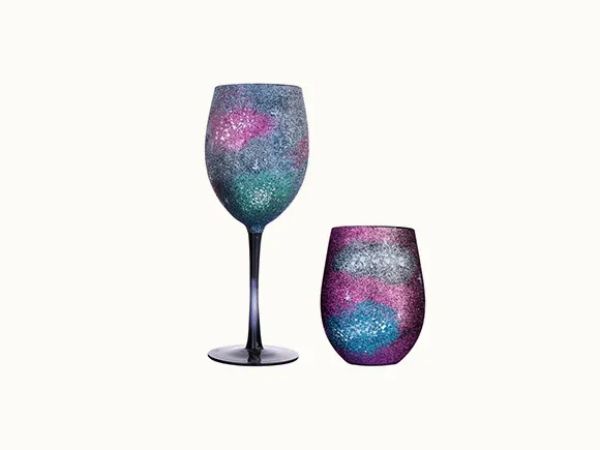Thinking about reusing your glass bottles for oils, skincare, or drinks—but not sure how to clean them properly?
To clean glass bottles for reuse, you must remove residue, labels, and bacteria without damaging the bottle’s structure or finish.
At PauPack, we work with brands that use refillable and sustainable packaging systems. Whether you’re prepping old essential oil bottles or food jars, a thorough cleaning process ensures both hygiene and longevity.
What Is the Best Way to Clean Old Glass Bottles?
Old bottles often come with years of buildup or leftover residue—and they need more than a simple rinse.
The best way to clean old glass bottles is by soaking them in warm soapy water, scrubbing with a bottle brush, and finishing with a baking soda or vinegar rinse.
Step-by-Step Cleaning Guide
-
Soak: Fill the bottle with warm water and a drop of dish soap. Let sit for 20–30 minutes.
-
Scrub: Use a long-handled bottle brush to scrub the inside thoroughly.
-
Tackle Odors: Add 1 tsp baking soda and fill with water. Shake and let sit for 15 minutes.
-
Rinse Well: Use clean, hot water to rinse out all soap and residue.
-
Dry Upside Down: Air dry upside down on a clean rack to prevent moisture buildup.
At PauPack, we recommend this method to clients reusing essential oil testers or sample vials in showrooms or events.
How to Remove Labels from Glass Bottles Without Damaging Them?
Stubborn labels and sticky residue can ruin the look of a clean bottle. But aggressive scrubbing can scratch the glass or coating.
To remove labels from glass bottles, soak them in warm water and dish soap, then gently scrape with a plastic blade or sponge. Use rubbing alcohol or oil to remove leftover adhesive.
Label Removal Toolkit
| Tool | Use Case |
|---|---|
| Warm soapy water | Softens adhesive paper layers |
| Plastic scraper | Removes label without scratching |
| Olive oil or baby oil | Breaks down glue residue |
| Rubbing alcohol | Dissolves remaining stickiness |
| Baking soda paste | Scrubs off paper bits without abrasion |
Avoid using steel wool or razor blades, especially on frosted or painted bottles, as it may scratch the surface.
For clients who purchase custom-decorated glass packaging from PauPack, we apply label coatings designed for easy peel-off—ideal for refill programs or limited-edition designs.
What Is the Best Way to Clean a Reusable Water Bottle?
Reusable bottles can harbor bacteria—especially in the cap and mouthpiece. Cleaning must go beyond the main chamber.
The best way to clean a reusable water bottle is to use warm water, mild soap, and a bottle brush, while also disassembling and scrubbing all parts including caps, gaskets, and straws.
Daily and Deep-Clean Routine
Daily Clean:
-
Warm soapy water
-
Shake, scrub, rinse, air-dry
Weekly Deep Clean:
-
Fill with vinegar-water solution (1:1 ratio)
-
Let sit for 30–60 minutes
-
Use baking soda + brush for stubborn areas
-
Sanitize cap and gaskets in boiling water
PauPack’s eco bottle clients often request wide-mouth designs and detachable caps to allow easier cleaning and better user hygiene.
How Do You Sanitize Glass Bottles?
Cleaning removes dirt, but sanitizing kills bacteria and fungi—especially important for bottles used in skincare, oils, or food storage.
To sanitize glass bottles, boil them in water for 10 minutes or use a diluted bleach solution, then let air dry on a sterile rack.
Sanitizing Methods
| Method | Use Case | Precaution |
|---|---|---|
| Boiling (10 min) | Ideal for small batches and kitchen use | Ensure glass is heat-resistant |
| Steam Sterilizer | Great for baby bottles or pharma use | Requires special device |
| Bleach (1 tbsp per quart water) | Soak for 2 minutes, rinse thoroughly | Rinse completely to avoid residue |
| Rubbing Alcohol (70%) | Quick spray and dry method | Not suitable for porous caps or droppers |
After sanitizing, avoid touching the inside or rim of the bottles. At PauPack, we offer pre-sterilized amber and cobalt bottles upon request—ideal for skincare brands launching refill initiatives.
Why Is Proper Bottle Cleaning Important for Health and Product Integrity?
Skipping or shortcutting bottle cleaning might save time—but it can compromise both your product and your customer’s safety.
Proper bottle cleaning eliminates bacteria, oils, and contaminants that could spoil your product, damage brand trust, or even trigger allergic reactions.
Key Benefits of Deep Cleaning
-
Prevents microbial growth in reused bottles
-
Removes oils that may go rancid or affect new formulas
-
Improves adhesion for new labels or decoration
-
Prepares bottles for safe product contact (especially topical)
For example, reusing an almond oil bottle for lavender serum without cleaning can alter the scent or cause skin irritation. At PauPack, we always advise a multi-stage clean-and-sanitize process, especially when switching oil types.
What Common Mistakes Should You Avoid When Cleaning Glass Bottles?
You might think a dishwasher is enough—or that bleach can clean anything. But wrong methods can cause long-term damage or ineffective cleaning.
Avoiding key cleaning mistakes ensures your bottles stay clear, odor-free, and structurally sound for repeated use.
Top Mistakes to Avoid
| Mistake | Why It’s a Problem |
|---|---|
| Using hot water on cold glass | Causes cracking due to thermal shock |
| Skipping label adhesive removal | Residue attracts dirt and blocks re-labeling |
| Not removing dropper parts | Traps bacteria inside cap and pipette |
| Leaving moisture inside bottles | Promotes mold and bacteria growth |
| Overusing abrasive brushes | Scratches surface, weakens structure |
At PauPack, our premium dropper bottles include removable internal parts for easier cleaning and drying—perfect for skincare refills and spa use.
How to Clean Bottles with Narrow Necks or Irregular Shapes?
That beautiful vintage bottle or modern design might look great—but be hard to reach inside.
To clean bottles with narrow necks or complex shapes, use slim bottle brushes, soaking methods, or fill-and-shake cleaning techniques.
Best Tools for Tricky Bottles
| Bottle Shape | Recommended Tools & Method |
|---|---|
| Narrow-neck (dropper) | Thin bottle brush + vinegar soak |
| Round bulb base | Fill with rice + water + shake method |
| Square-shaped | Corner brush + gentle detergent |
| Decorative or curved | Soak overnight with baking soda and lemon |
DIY Tip: Add warm water, a few drops of dish soap, and a spoon of uncooked rice. Shake vigorously—this works like a mini scrubbing system!
PauPack offers bottle brush kits and custom-shaped glass containers with brush-friendly openings to support our refill model clients.
What Natural Ingredients Work Best for Eco-Friendly Bottle Cleaning?
Not every cleaning process needs to be industrial. You can get pro results with pantry staples.
Natural ingredients like vinegar, baking soda, lemon, and salt provide powerful, safe cleaning without harsh chemicals.
Natural Cleaning Formulas
| Ingredient | How to Use | Best For |
|---|---|---|
| Vinegar | Soak for 30 min, rinse with warm water | Odor removal, mild disinfectant |
| Baking Soda | Scrub with brush or soak overnight | Stain removal, deodorizing |
| Lemon Juice | Mix with vinegar or water for fresh scent | Mild bleaching, anti-bacterial |
| Salt | Mix with lemon for physical scrubbing | Inner residue on bottle bottom |
These are perfect for brands wanting to align with clean beauty or sustainable refill narratives. At PauPack, we offer bottles pre-cleaned with natural methods and packaged in plastic-free cartons for eco-conscious lines.
How to Store and Dry Bottles After Cleaning to Prevent Contamination?
Even a perfectly cleaned bottle can get re-contaminated if dried or stored incorrectly.
The best way to store clean glass bottles is by air drying them upside down on a clean rack, then sealing them in a dust-proof, dry container.
Best Practices for Post-Clean Handling
-
Use a drying rack: Place bottles neck-down on a clean towel or silicone mat.
-
Avoid towel-drying interiors: Lint or bacteria may remain.
-
Sterilize caps separately: Soak or steam all components.
-
Seal in containers or wrap: Use clean paper or food-safe wrap.
-
Label and date: Especially for future skincare, food, or oil use.
For PauPack clients running DIY workshops or refill stations, we supply glass bottles in pre-sanitized trays or reusable crates—keeping hygiene and presentation top-tier.
Conclusion
Properly cleaning your glass bottles isn’t a chore—it’s a crucial step in building trust and maintaining product quality. With the right methods, your bottles can live many clean, beautiful lives.



